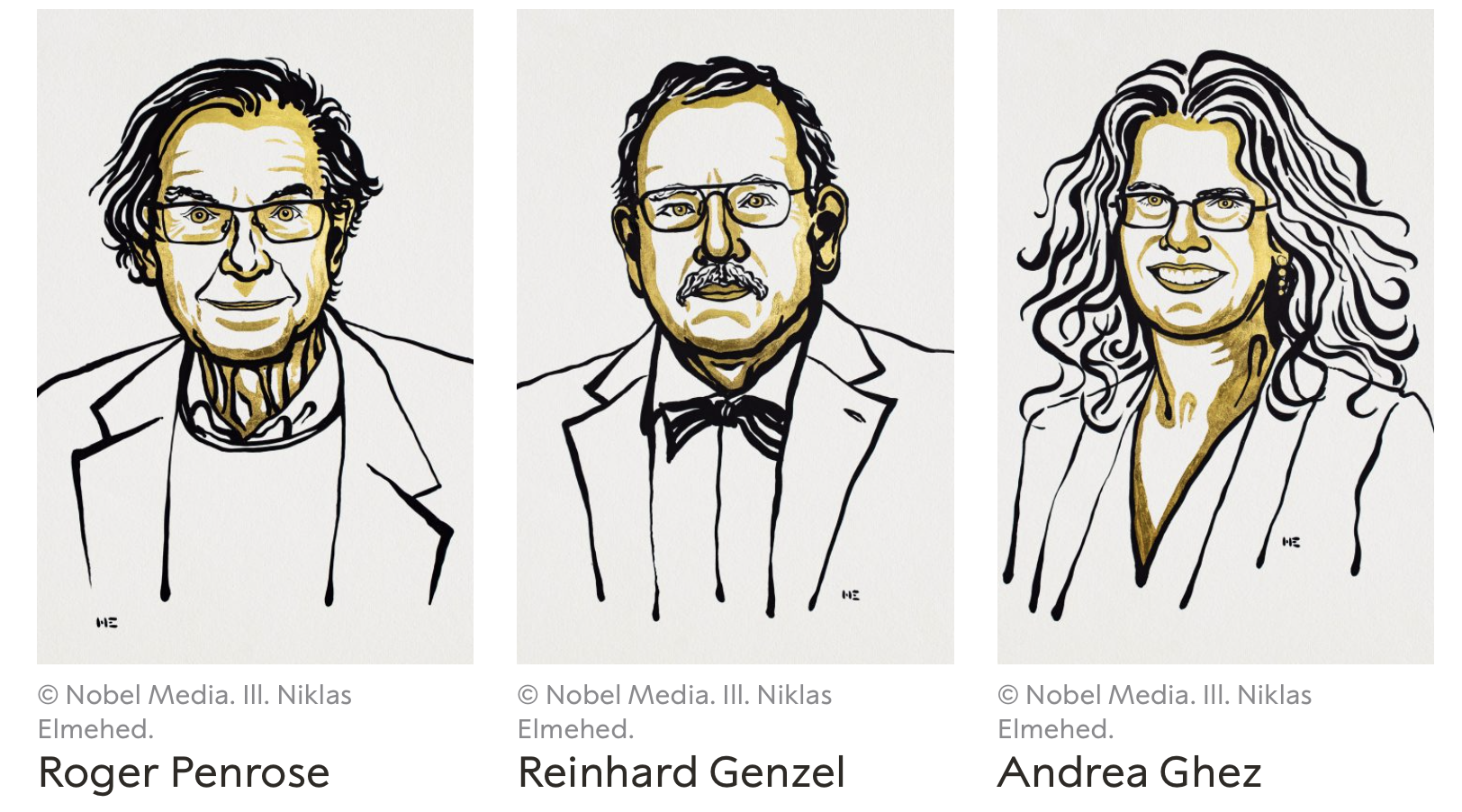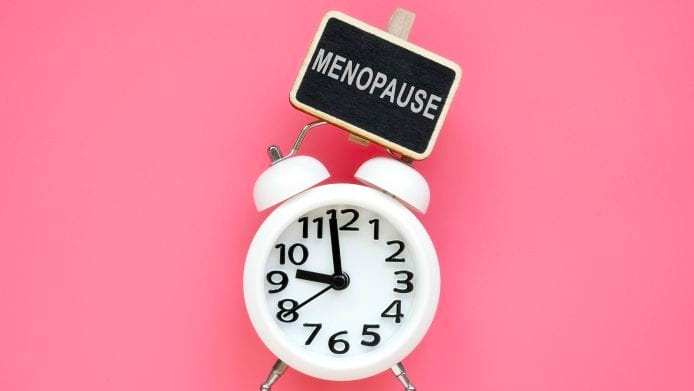On December 6th, 1989, engineering students of École Polytechnique in Montreal were listening to a student presentation about heat transfer, when a man entered the room with a semi-automatic rifle in his hands. This man was Marc Lépine, an unsuccessful applicant to École Polytechnique, with a hatred for feminists so profound that it led him to blame them for his failings in life and sought to seek revenge.
Lépine demanded that the men and women separate themselves by lining up on opposite sides of the room and proceeded to fire a warning shot from his gun. Once the nine women of the class were isolated from the rest of the students, he ordered the men to leave. Lépine announced the reason for his intrusion as “fighting feminism”. When one of these women, Natalie Provost, attempted to talk to him, saying they weren’t feminists but simply students trying to learn, Lépine insisted they were feminists and shot at these women, killing six of them and injuring the other three. Lépine then continued his rampage throughout the school, specifically targeting women. In total, Lépine shot 28 people, with a kill count of 14 women, until he eventually shot himself, taking his own life as well.
While researching this shooting, my stomach turned, because despite the fact that we herald ourselves as a progressive, inclusive society, the accounts of this story read like the incident could have happened last week. When I walk into my biology classes and see that about 80% of my peers are also women, it can be difficult to imagine that in my mother’s biology class of 1987 was mostly men, and that the increase in female scientists is a very recent phenomenon.
When we talk about gender equality in science, the response is often “women are already equal, why are we still talking about this?” The answer is that while we can acknowledge progress, we can’t ignore the cases of sexual harassment, sexual assault and gender discrimination within the scientific community that persists today simply because things are better than they used to be. There is still an “old boys club” culture amongst many scientific communities. This work environment can make women, particularly young women just entering the field, feel uncomfortable and/or unwelcome.
The community tends to be the opposite of inviting towards young women, an example from earlier this year being the actions of Professor Alessandro Strumia, a senior researcher at the National Institute of Chemical Physics and Biophysics. Strumia made a presentation to an audience mostly comprised of young women claiming that men invented and built the field of physics, and that female physicists weren’t as well suited to the field as their male peers. He also asserted that men were being treated unfairly because women were receiving opportunities and research funding simply due to their gender, and not their merit as scientists. Strumia’s motivations for this talk had the same roots as Lépine’s actions: women were accepted into an engineering program Lépine had been denied acceptance to, and likewise a woman had been chosen over Strumia for a position with the National Institute of Nuclear Physics.
The gender gap in science is influenced by many factors, but science needs all the great minds it can get a hold of, and everyone deserves to feel safe from discrimination in the scientific community, regardless of gender. Remembering the women who survived this attack and those that fell victim to a sexist act of violence is key to learning from the past, and not repeating it.
All are invited to join the Acadia WGS in association with AUFA Women’s Committee and the President’s Office of Acadia University in Commemorating Canada’s National Day of Remembrance and Action on Violence Against Women at a vigil to be held from 4:30-5:30 on December 6th at the Wolfville Farmer’s market.
Laura Porter-Muntz is a fourth year Biology (Co-op) student and Science Editor of The Athenaeum





